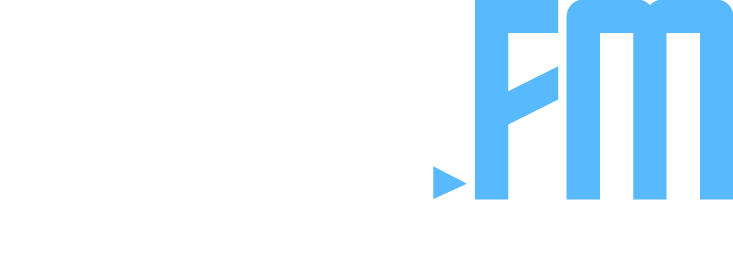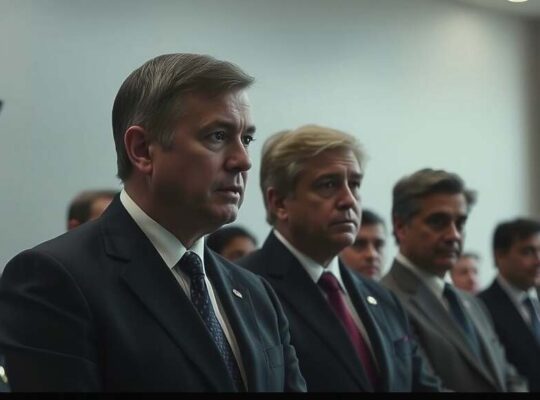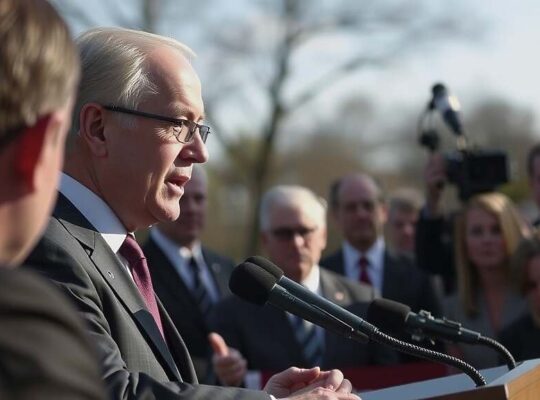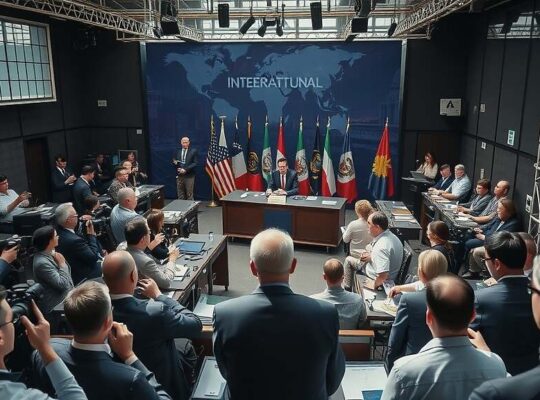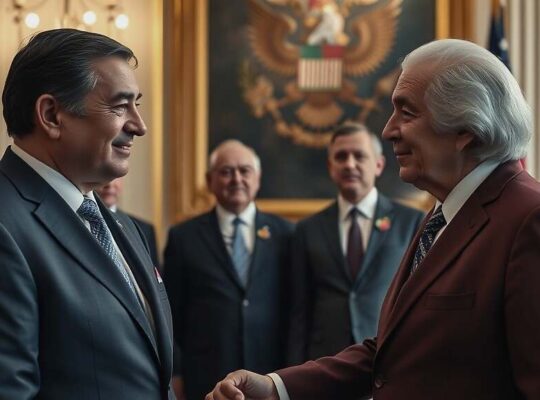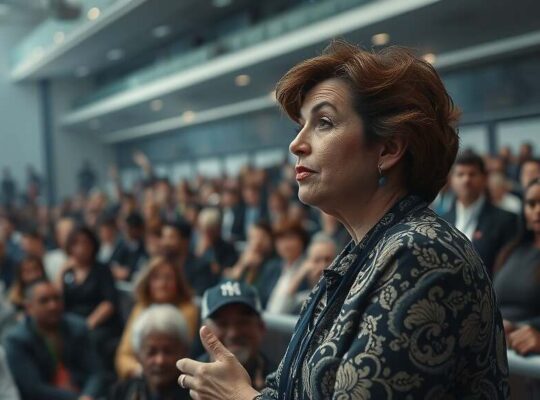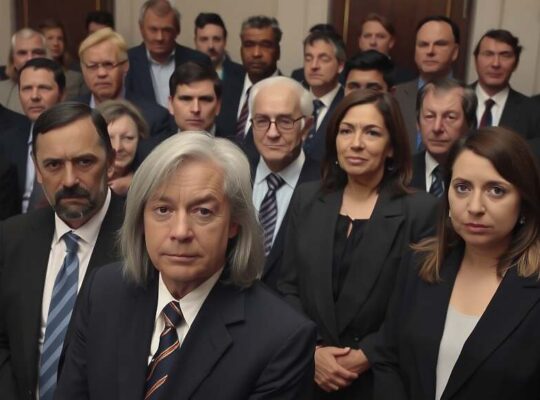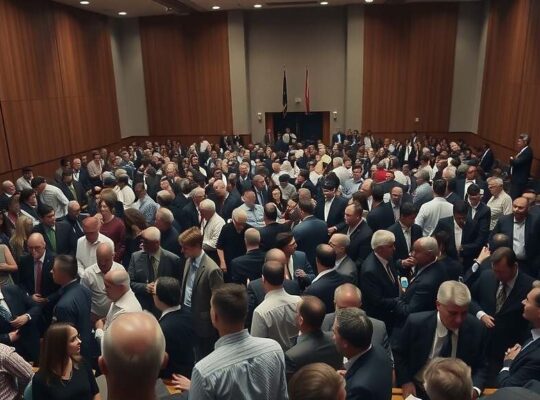The European Union has transferred 10.1 billion euros to Ukraine in the first half of this year, derived from revenues generated by frozen assets belonging to the Russian Central Bank. Figures released by the European Commission, reported by Welt am Sonntag, detail the disbursements.
These funds are being utilized to support both military and civilian projects within Ukraine. The Ukrainian government, led by President Volodymyr Zelenskyy, received consistent payments of one billion euros in March, May, June and July. Prior to this, disbursements totaled three billion euros in January and 3.1 billion euros in April.
The frozen Russian assets are currently held by Euroclear, a Belgian-based company specializing in the custody of securities and settlement of securities transactions. In total, the EU froze approximately 210 billion euros of Russian assets in 2022.
The allocation of these revenue streams has spurred debate regarding the potential for broader utilization of the frozen assets. Marie-Agnes Strack-Zimmermann, a Member of the European Parliament, emphasized the urgency of directly utilizing the Russian funds, stating they could be deployed to bolster Ukraine’s economy or finance weapons systems.
However, economists have cautioned against the potential repercussions of accessing the principal of the frozen assets, warning of destabilizing effects on the global financial system. Nicolas Véron, an economist affiliated with the Bruegel and Peterson Institute for International Economics think tanks, noted the moral appeal of transferring the funds to Ukraine, but underscored the complexity of the issue. He highlighted the critical importance of maintaining trust in the security of central bank reserves held abroad, emphasizing its foundational role in the international monetary system.

